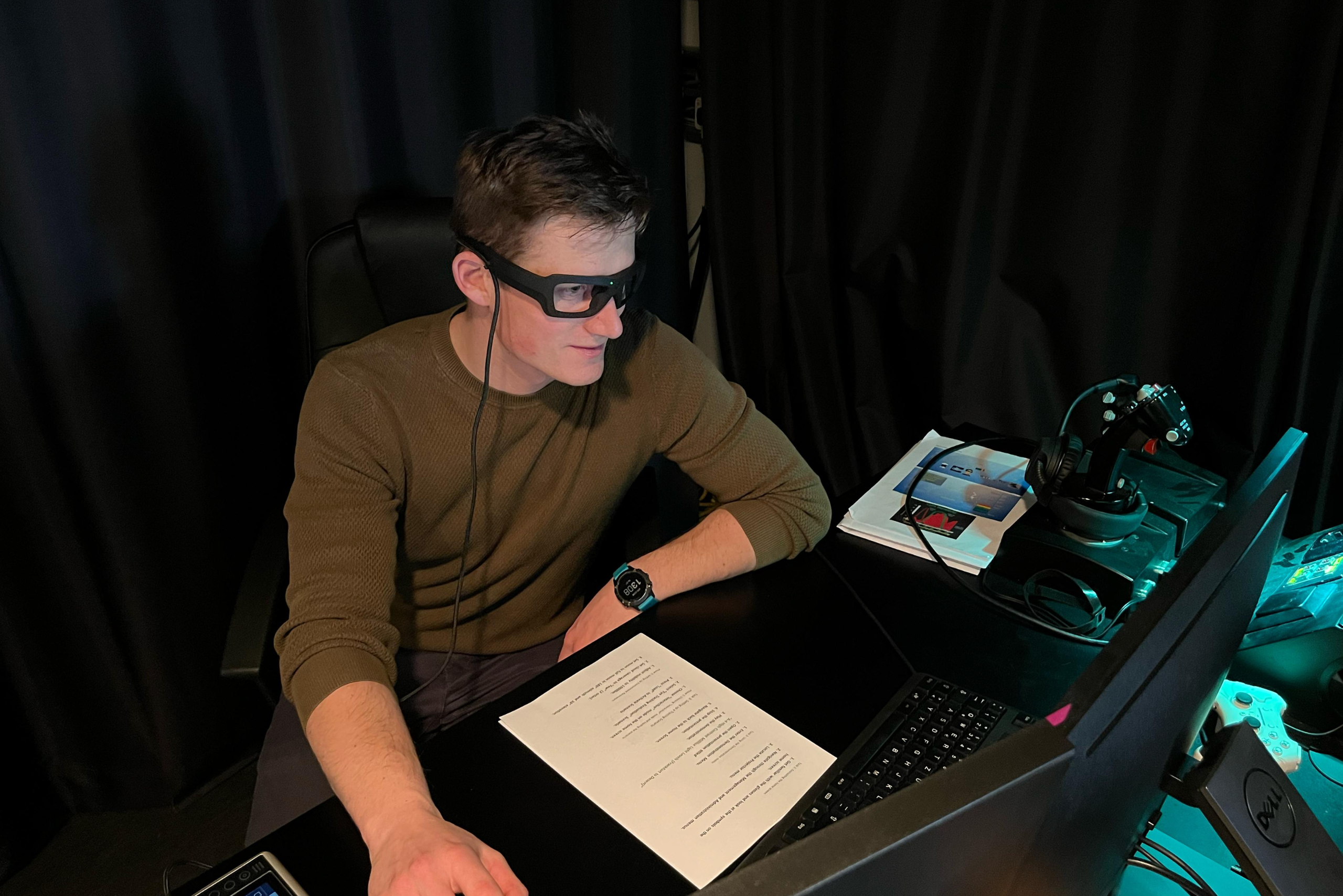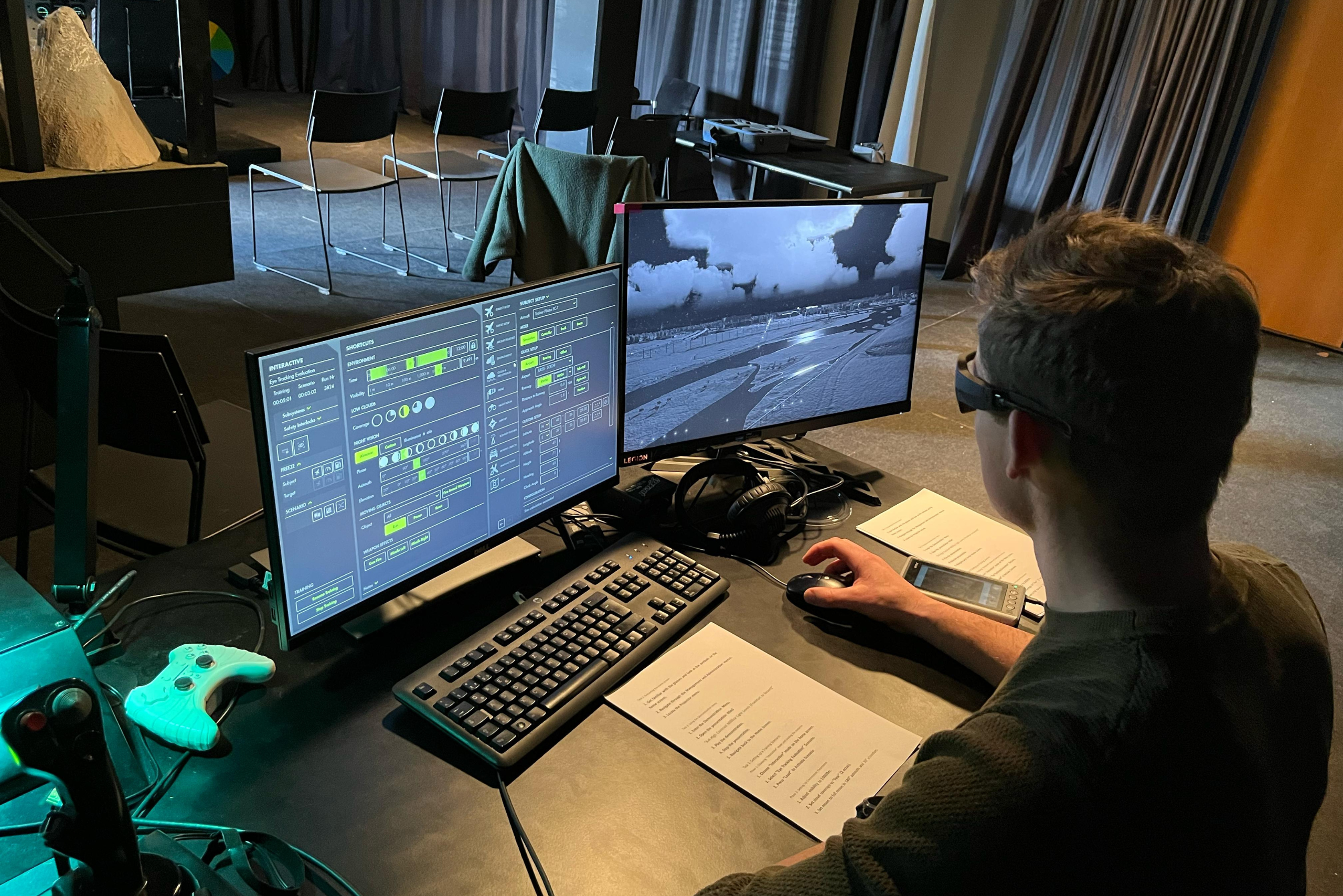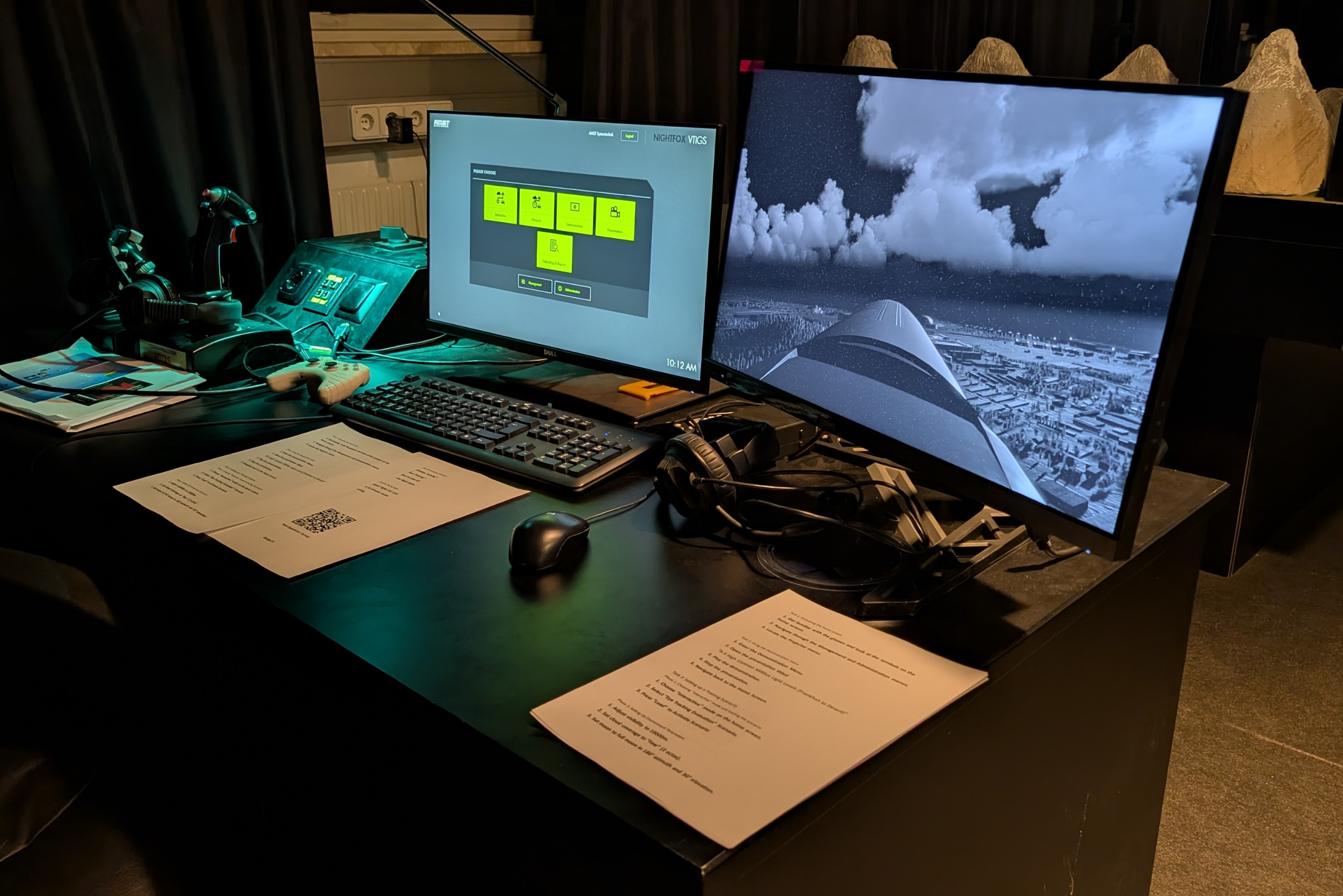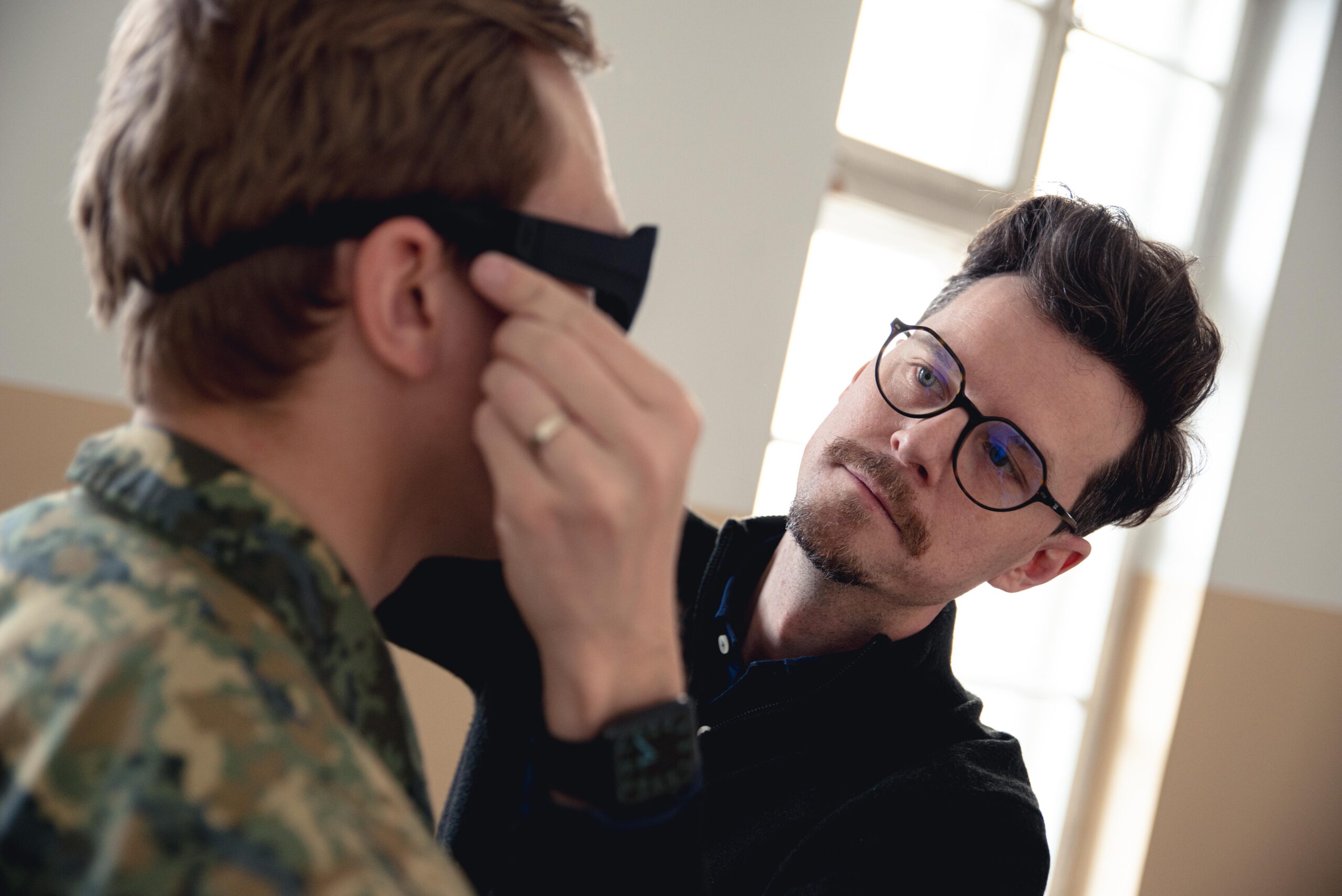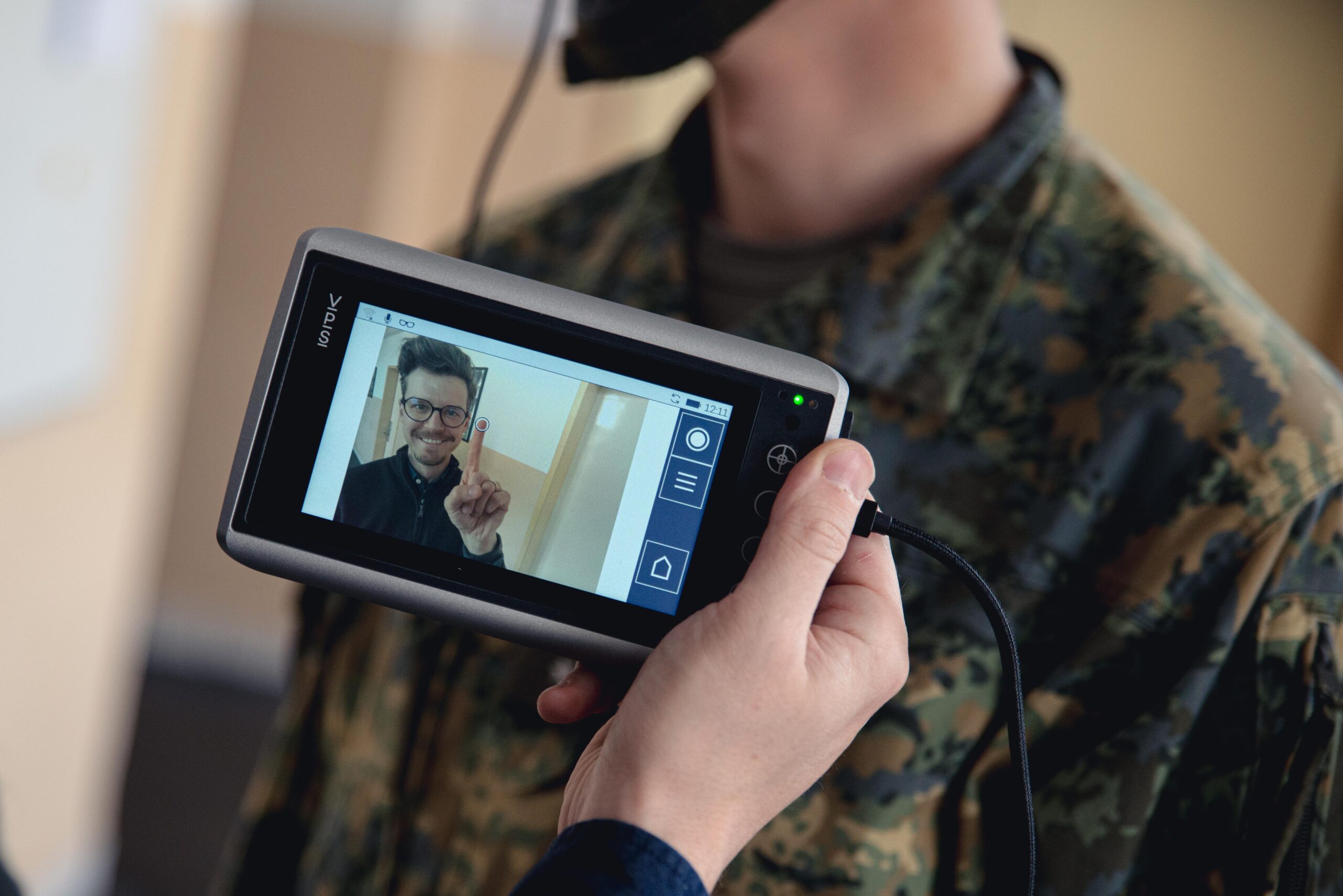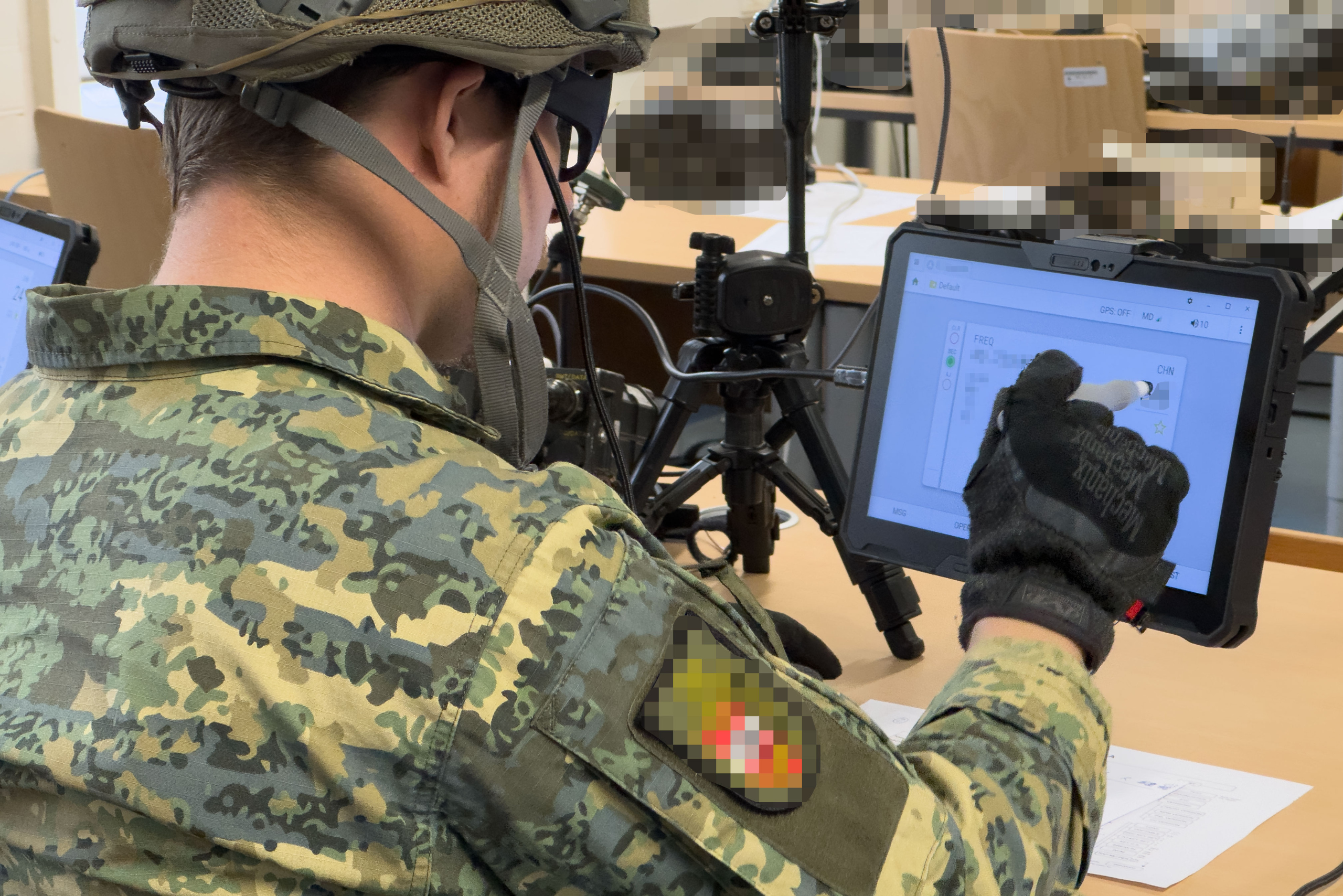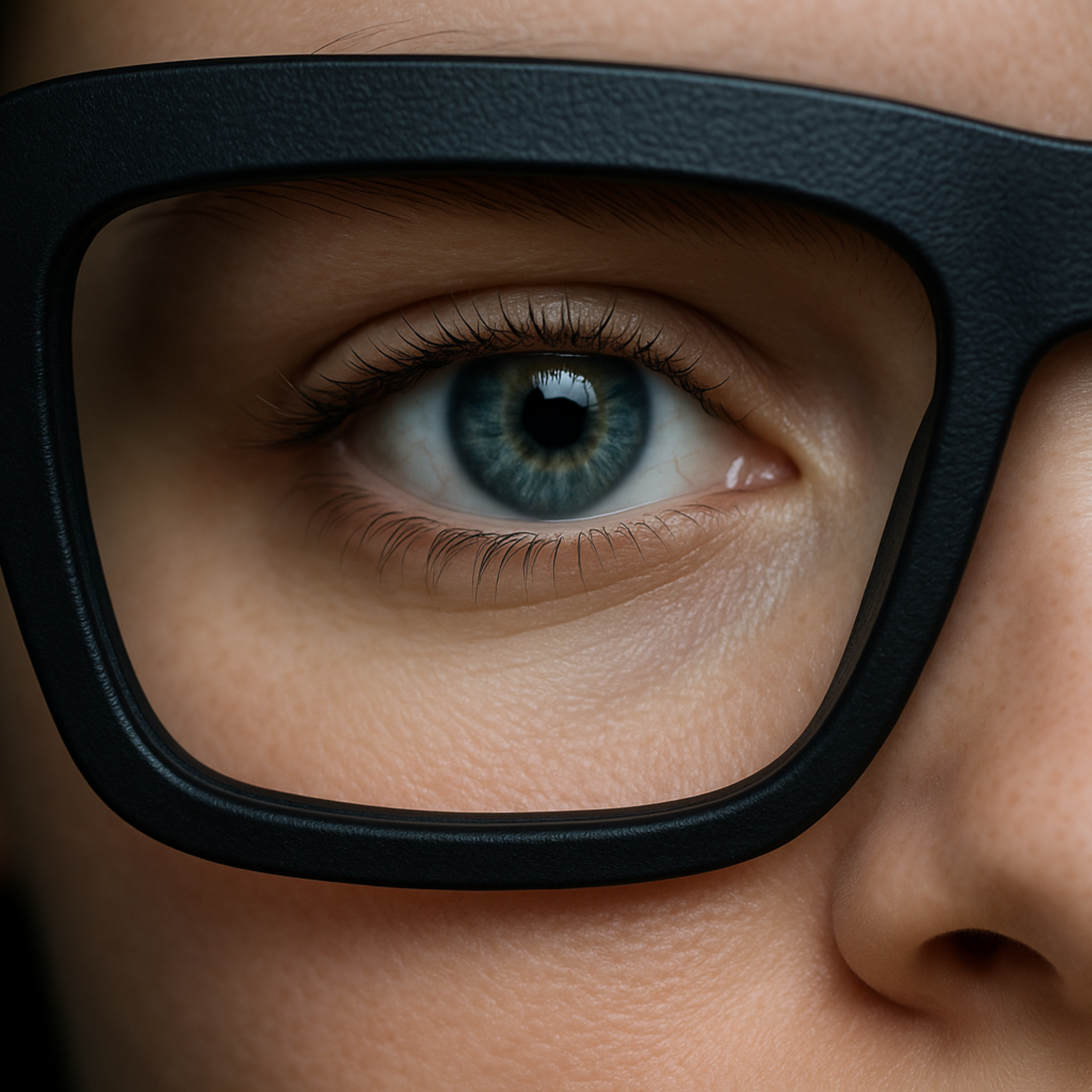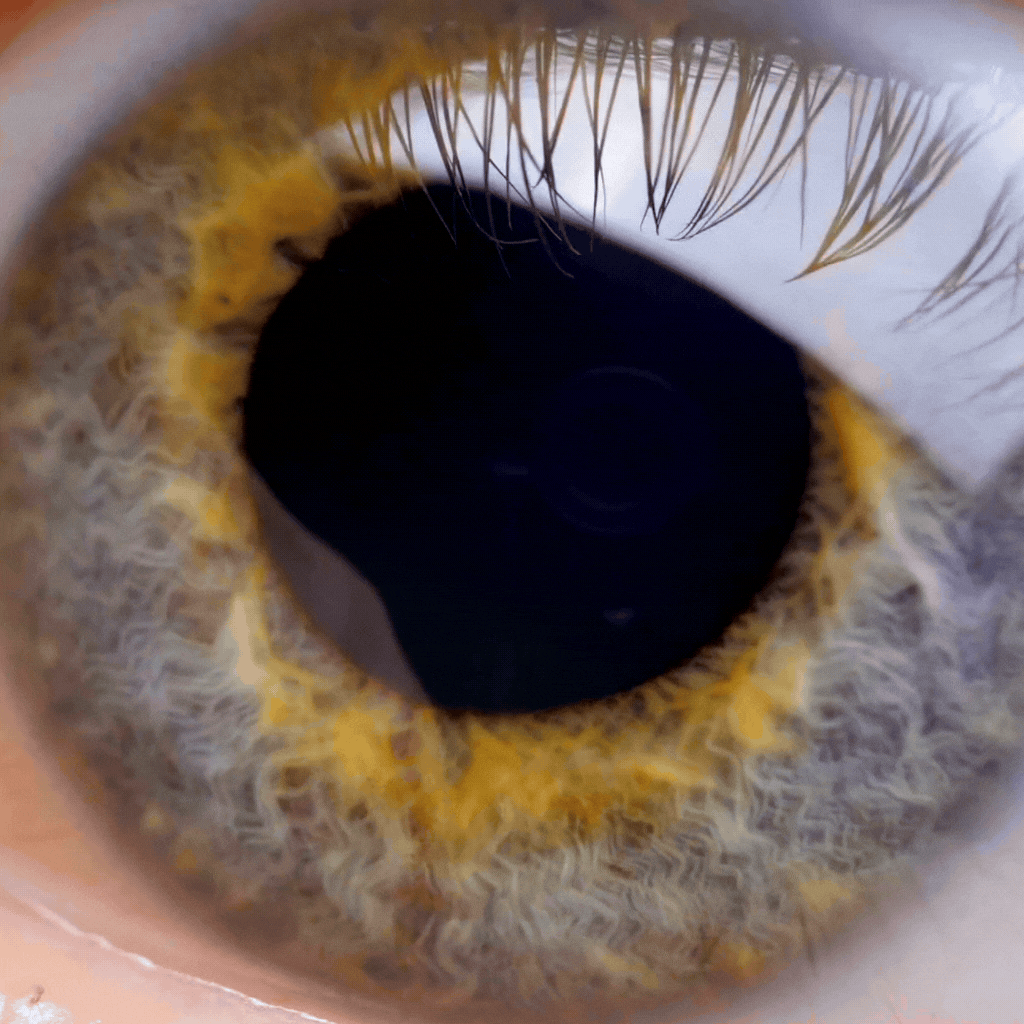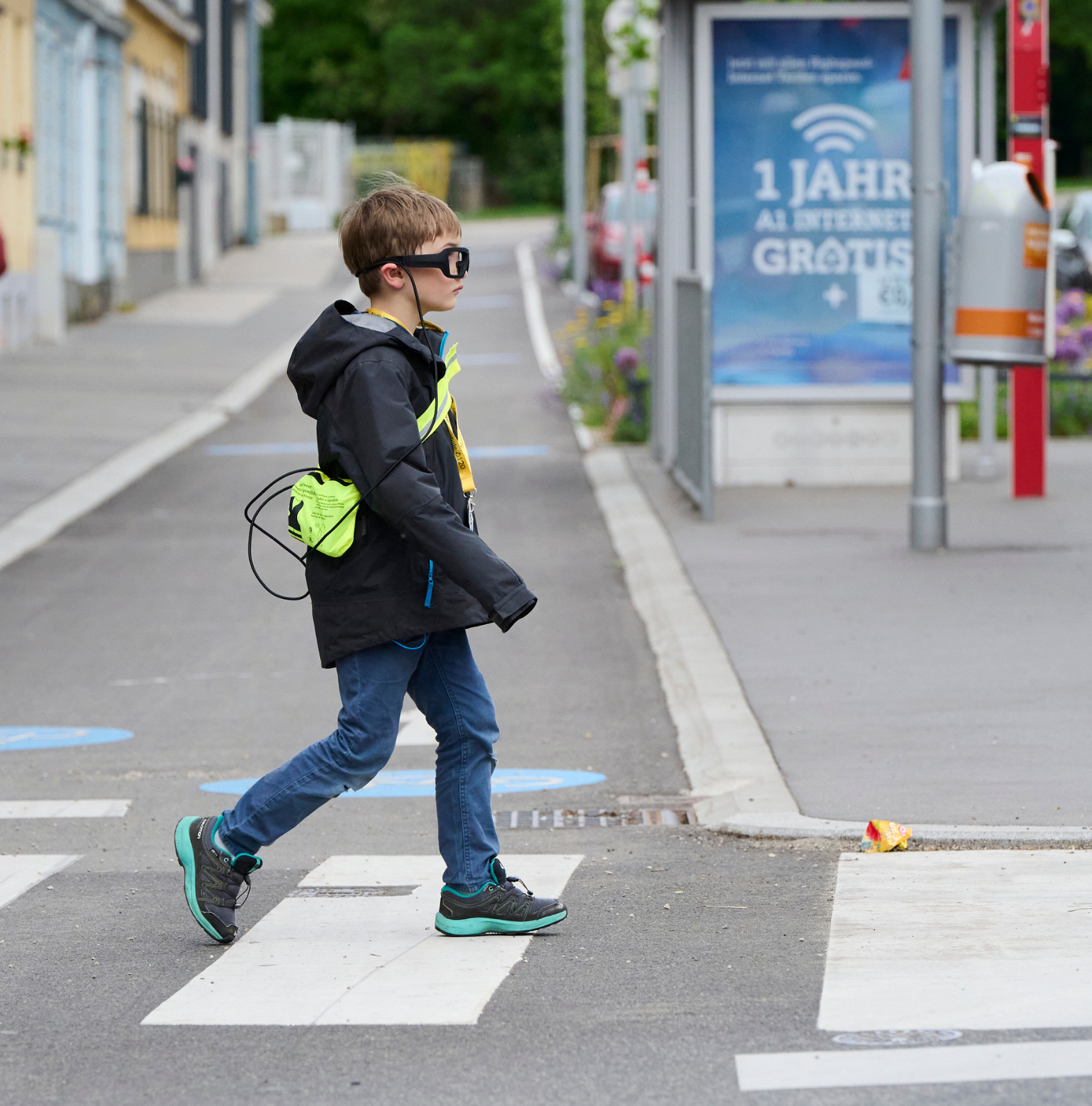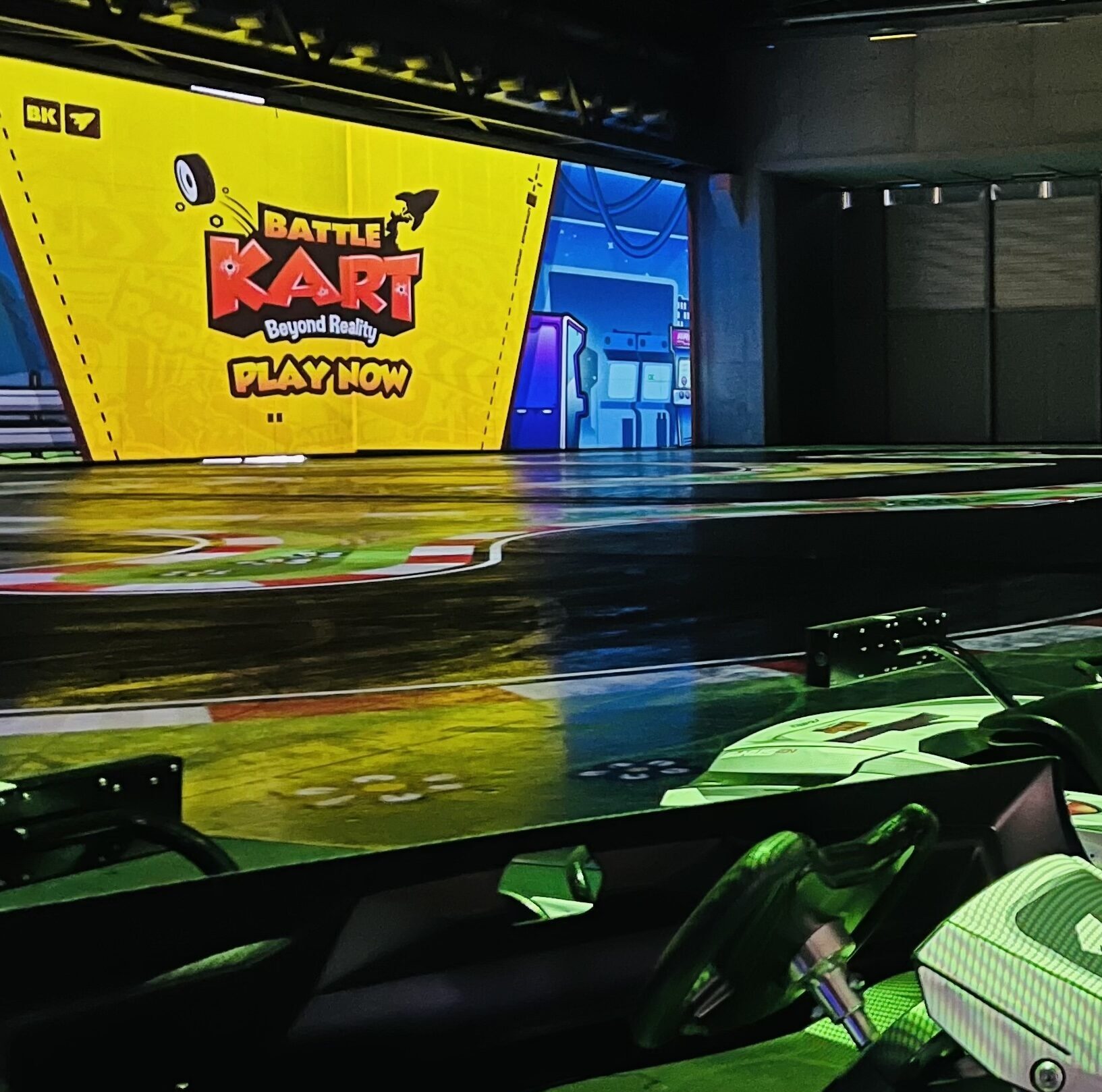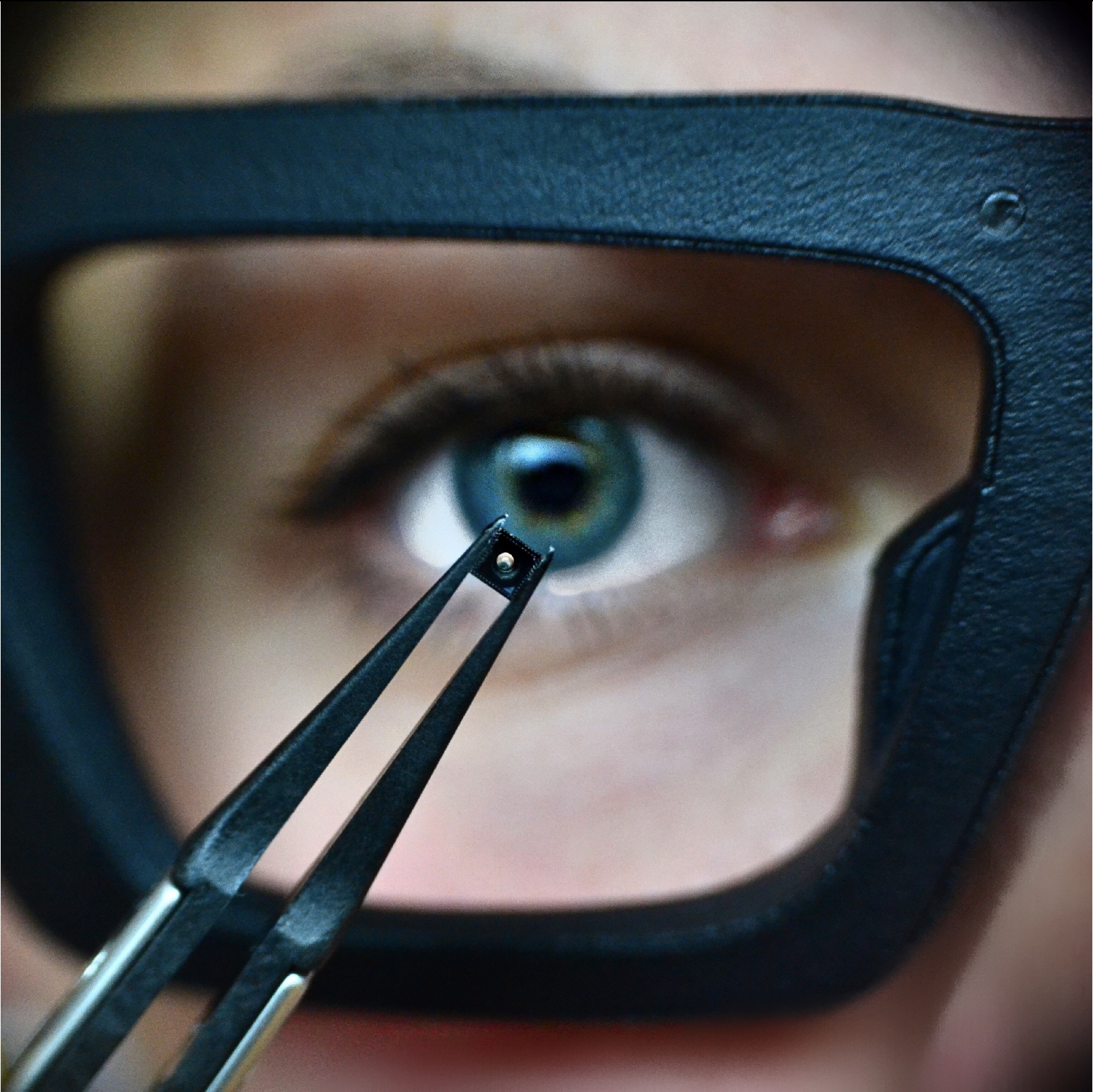Complex technology is only as good as its interface. When screens slow down, or overwhelm, users lose time and focus. The solution to this does not necessarily need to include adding more features. Rather, an effort to understand exactly how people interact with the system in front of them.
Two recent studies – by Richard Sackl on aviation training and by Philipp Pieh-Sandpeck on military communications used VPS Smart Glasses with integrated eye tracking to track attention and understand where different systems held users back. The environments were different, but the message was the same: see what your users see, and you will know how to help optimize user interfaces and improve UX design. .
TRAINING INTERFACES THAT SUPPORT LEARNING
In his study GUI Evaluation using Eye Tracking: Optimizing Instructor Station for Night Vision Training in Aviation (Tallinn University & Cyprus University of Technology, 2025), Richard Sackl analyzed the instructor station of a helicopter night vision training simulator. The simulator is used to prepare pilots and crew for flying safely in low-light conditions.
Participants, both aviation professionals and non-specialists, completed tasks while wearing VPS Smart Glasses.
The data collected showed seven specific usability problems, including:
- Unclear icons and terminology that slowed down navigation
- Menus that confused users who did not have a background in aviation background
- Dark mode settings that reduced readability instead of supporting it
Based on these findings, Sackl suggested new interface prototypes with clearer labels, simplified layouts, and more intuitive navigation paths.
The study demonstrated how targeted UX improvements could make training more efficient and accessible for non-experts without reducing precision for expert users.
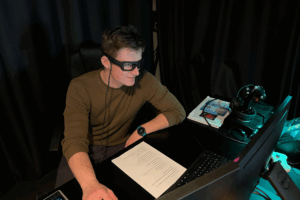
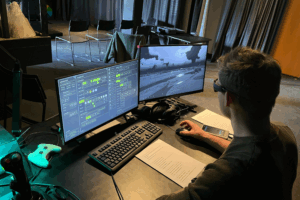
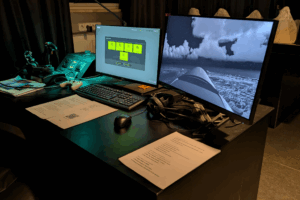
TOUCHSCREENS THAT DO NOT FAIL UNDER GLOVES
Philipp Pieh-Sandpeck focused his study, Die Auswirkungen digitaler Benutzeroberflächen auf die Effizienz und Effektivität militärischer Einsatzbewältigung (FH Technikum Wien, 2025), on the Virtual Radio Control Unit (VBF) of the Austrian Armed Forces’ Combat Net Radio (CONRAD) system, a device critical for secure communication in the field.
The challenge: its capacitive touchscreen was difficult to use with non-conductive gloves, which are a common requirement in mission scenarios.
Fifteen soldiers tested three scenarios: bare hands, with gloves, and with a conductive stylus, all monitored with VPS Smart Glasses. The research showed that: :
- The user’s hands often blocked parts of the screen, obstructing the field of view
- Mental models that guide the use of interfaces in civilian contexts cannot be directly applied to military settings
- Digital accessibility matters – even in environments that assume full physical and mental capability
The stylus prototype, designed by Philipp himself, significantly improved speed and accuracy. Pieh-Sandpeck recommended not only the use of auxiliary input devices but also ergonomic redesigns, such as repositioning controls and adapting layouts for temporary impairments
These improvements would help ensure reliable operation even under pressure.
“The plug-and-play philosophy of the VPN smart glasses allowed me to focus on my other aspects of my study rather than wasting time on complicated setups – precisely the kind of ease of use that’s essential in testing environments, “says Philipp.
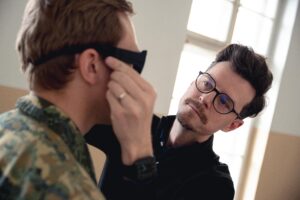
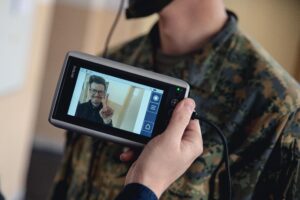
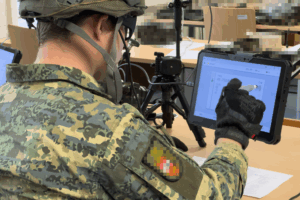
PROVEN IN CHALLENGING CONDITIONS
Both studies showed that eye tracking is a highly relevant tool for UX research, making usability problems visible and pointing to concrete design solutions.
Even small changes, such as clearer icons, optimized layouts, or ergonomic tweaks, can have a measurable impact on speed, safety, and ease of use.
By turning individual attention behaviors into data and data into better design, VPS Smart Glasses delivered clear, reliable eye tracking data under demanding conditions, helping to identify usability problems that traditional testing might miss. This robustness makes them more than just a research instrument: they are a practical tool for industries that depend on clarity, speed, and reliability.
